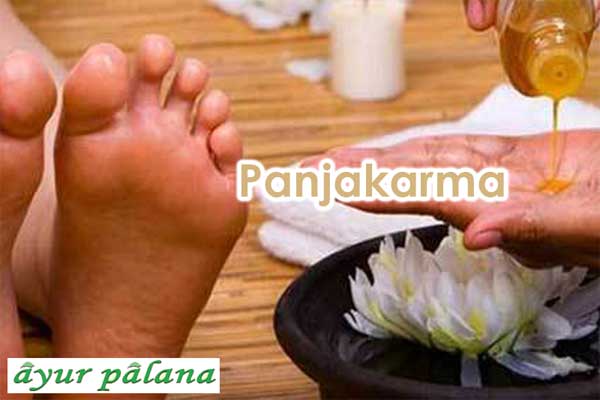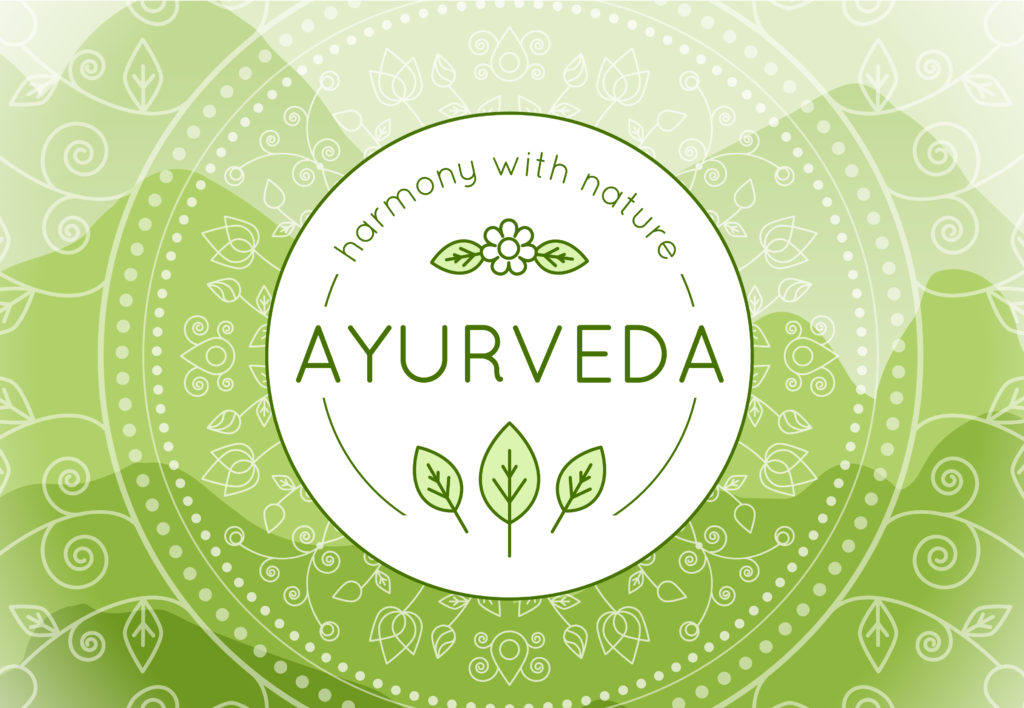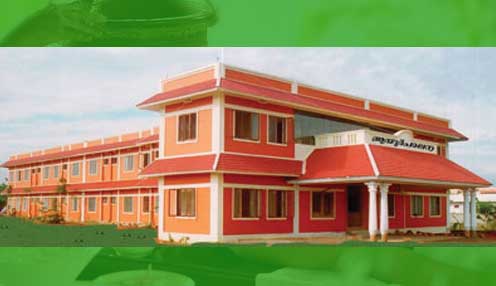Ayurveda emphasizes preventative and healing therapies along with various methods of purification and rejuvenation. Ayurveda is more than a mere healing system; it is a science and art of appropriate living which helps to achieve longevity. It can also guide every individual in the prevention of disease and long term maintenance of health. To achieve this balanced state of body mind and consciousness, Ayurveda prescribes Panchakarma therapy for the cleansing of body toxins. In Sanskrit ‘Pancha’ means five and ‘Karma’ means the therapeutic measures. Therefore Panchakarma stands for the five types of therapeutic measures. The logic being that as a cloth needs to be purified or cleaned of impurities and dust before it can be permeated with new colours; similarly the body needs to be purified before it can be permeated with new colours of youthfulness, health, vigour etc. In fact, most of the time, Panchakarma is an end in itself rather than a prelude to other therapeutic measures.
Pachakarma, the holistic treatment approach in Ayurveda, is a process of bio-cleansing or purifying the body through the possible nearest routes; there by achieving the homeostasis of the Tridoshas and normal well being of the body. Panchakarma include the basic fivefold treatments viz. Vamana (emesis), Virechana (purgation), Vasthi (medicated enema), Nasya (nasaltherapy) and Rakthamokshana (blood letting therapy). It is highly individualised based on one’s body constitution (prakrithi), doshic imbalance, age, digestive strength, immune status and many other functions. The basic advantages of Panchakarma therapy include detoxification, immune modulation, functional optimisation of enzymatic complex, rejuvenation. Apart from as a treatment modality for specific disease, Ayurveda recommends Panchakarma as a seasonal treatment for maintaining mental and physical health

































